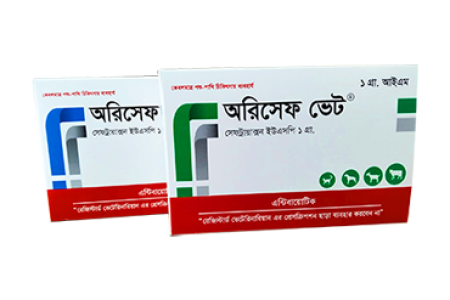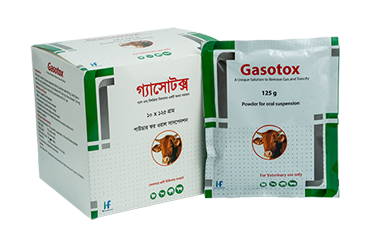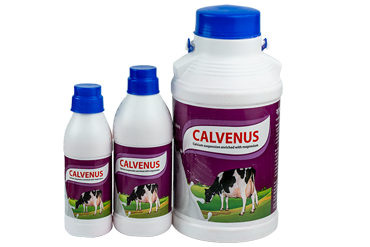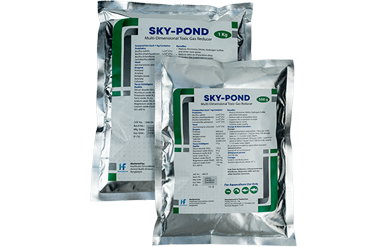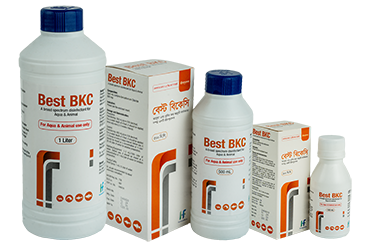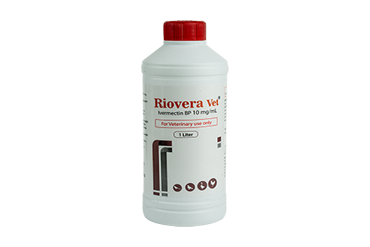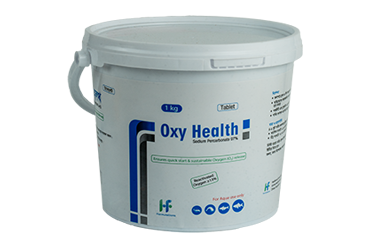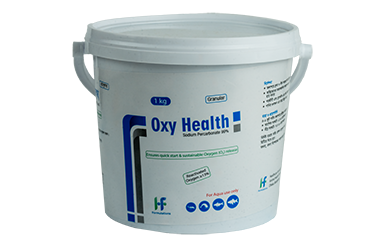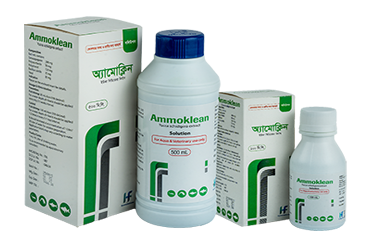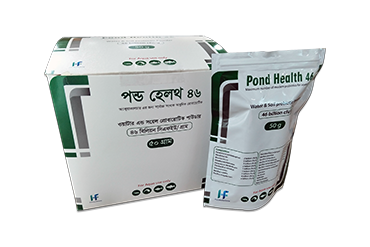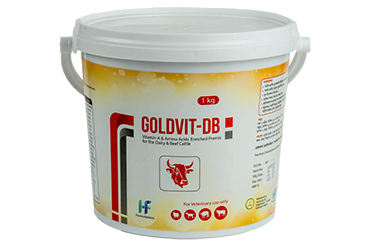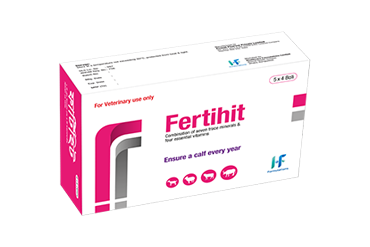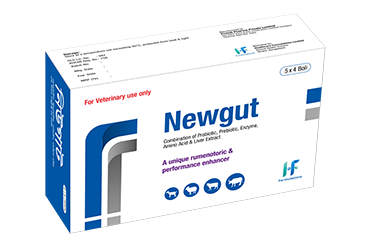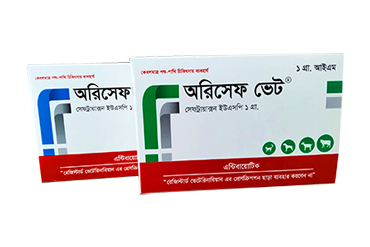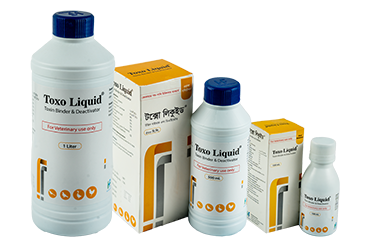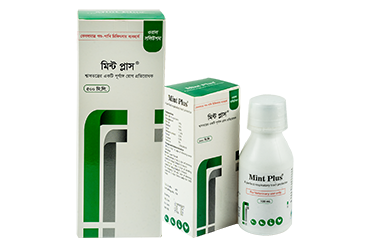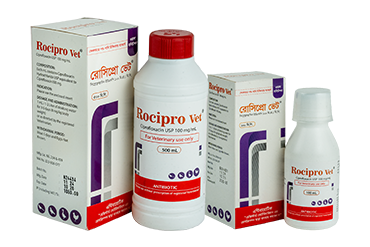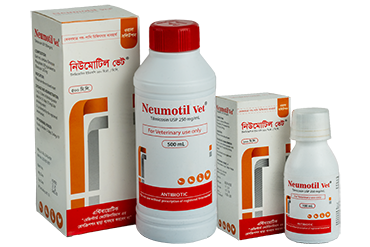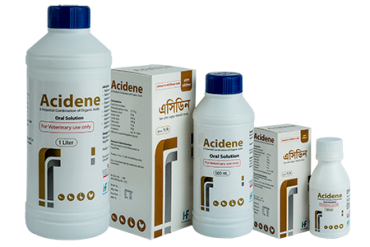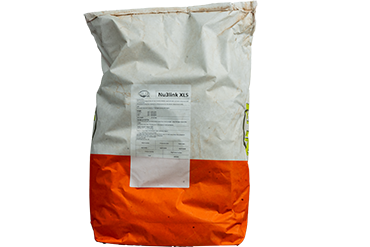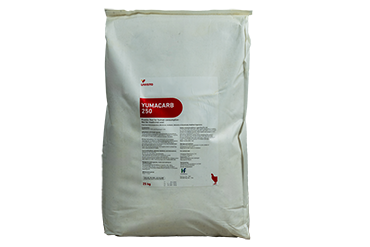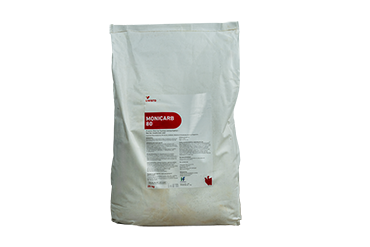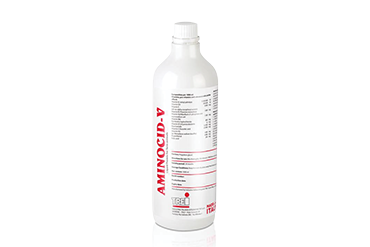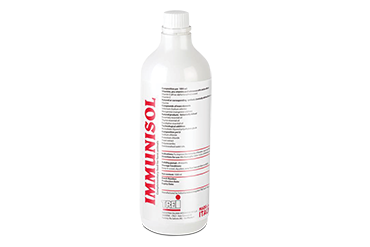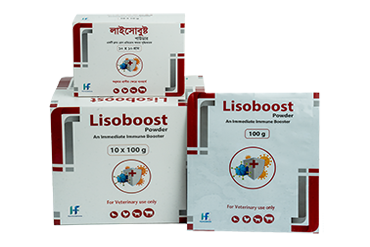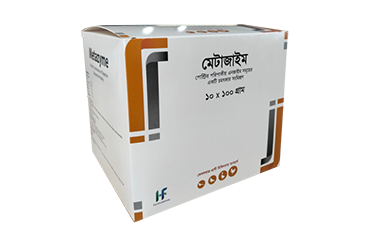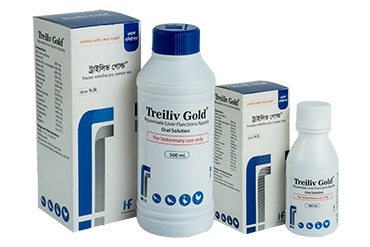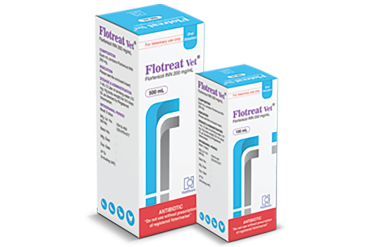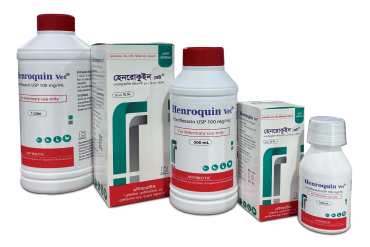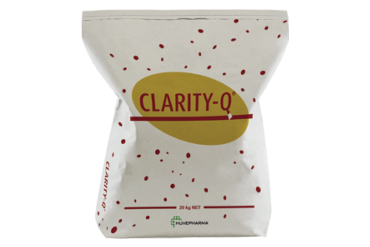Oricef Vet
It is indicated for the treatment of wide variety of infections caused by sensitive Gram-positive, Gram-negative and Anaerobic bacteria. It is widely used for respiratory tract infections, acute bacterial otitis media, mammary gland infections, urogenital tract infections, gastrointestinal infections, skin and soft tissue infections, bone & joint infections, bacterial septicemia & intra-abdominal infection.
Ceftriaxone
Ceftriaxone is a bactericidal agent that acts by inhibition of bacterial cell wall synthesis. Ceftriaxone has activity in the presence of some beta-lac- tamases, both penicillinases and cephalosporinases, of Gram-negative and Gram-positive bacteria.
Composition
- Oricef Vet 0.5 g IM: Each vial contains Ceftriaxone Sodium USP 598.50 mg equivalent to Ceftriaxone 500 mg.
- Oricef Vet 1 g IM: Each vial contains Ceftriaxone Sodium USP 1.197 g equivalent to Ceftriaxone 1 g.
- Oricef Vet 2 g IM: Each vial contains Ceftriaxone Sodium USP 2.386 g equivalent to Ceftriaxone 2 g.
- Oricef Vet 0.5 g IV: Each vial contains Ceftriaxone Sodium USP 598.50 mg equivalent to Ceftriaxone 500 mg.
- Oricef Vet 1 g IV: Each vial contains Ceftriaxone Sodium USP 1.197 g equivalent to Ceftriaxone 1 g.
- Oricef Vet 2 g IV: Each vial contains Ceftriaxone Sodium USP 2.386 g equivalent to Ceftriaxone 2 g.
Mode of Action
Ceftriaxone is a bactericidal agent that acts by inhibition of bacterial cell wall synthesis. Ceftriaxone has activity in the presence of some beta-lac- tamases, both penicillinases and cephalosporinases, of Gram-negative and Gram-positive bacteria.
Indication
It is indicated for the treatment of wide variety of infections caused by sensitive Gram-positive, Gram-negative and Anaerobic bacteria. It is widely used for respiratory tract infections, acute bacterial otitis media, mammary gland infections, urogenital tract infections, gastrointestinal infections, skin and soft tissue infections, bone & joint infections, bacterial septicemia & intra-abdominal infection.
Dosages & Administration
|
Species |
Dose |
Administer IM with Lidocaine |
Administer IV with WFI |
|
Large Animals (Cattle, Horse & Camel) |
10 mg/kg body weight |
1 ml/28 kg body weight |
1 ml/10 kg body weight |
|
Small Animals (Calf & Goat) |
15-50 mg/kg body weight |
1 ml/6-20 kg body weight |
1.5-5 ml/10 kg body weight |
|
Pet Animals (Dogs, Cats) |
15-50 mg/kg body weight |
1 ml/6-20 kg body weight |
1.5-5 ml/10 kg body weight |
|
Zoo Animals |
10 mg/kg body weight |
1 ml/28 kg body weight |
1 ml/10 kg body weight |
Contraindication
Ceftriaxone is contraindicated to animal with a history of hypersensitivity to Cephalosporin antibiotics. Risk-benefit should be considered when the following medical problems exist: Bleeding disorders, severe Hepatic dysfunction & Renal insufficiency.
Withdraw Period
There are no adequate and well-controlled studies available.
